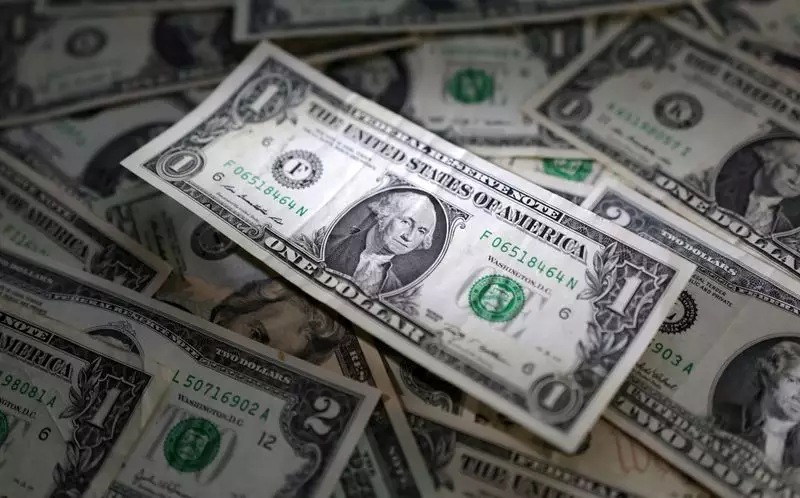In recent weeks, the U.S. dollar has experienced notable volatility against a backdrop of political transition and economic indicators. Currency markets are inherently sensitive to fiscal policies, and with President-elect Donald Trump’s appointment of Scott Bessent as U.S. Treasury Secretary, investors are keenly observing the implications. While Bessent’s reputation as an experienced fund manager and fiscal conservative was initially welcomed, the nuances of his economic philosophies may influence the dollar’s strength in unexpected ways.
The Immediate Impact on the Dollar
As reported, the dollar gave back some of its recent strength on a Monday—a clear indication that the market’s optimism might be waning. Analysts suggest that the appointment of Bessent, perceived as a strong advocate for a robust dollar, could paradoxically lead to a weakening currency. This contradiction stems from the market pricing in shifting expectations regarding interest rates and overall fiscal policy. With yields on 10-year Treasuries declining from 4.412% to 4.351%, it appears that the dollar’s rate advantage is eroding.
Ray Attrill, head of FX research at NAB, highlights a crucial element of market behavior: the collective interpretation of Bessent’s stance on fiscal issues—including his praise for a stronger dollar—could be contrasting with immediate market reactions. Investors are often driven by short-term sentiment and technical indicators, and with the dollar index peaking at 108.090 before retracting to 106.950, a corrective pullback appears imminent.
The U.S. dollar’s fluctuation also leads to ripple effects across other currencies. The Japanese yen, for example, lowered against the dollar but managed to stabilize away from previous peaks. The euro, attempting to regain its footing after hitting a two-year low, experienced a modest increase of 0.7% to $1.0496. This uptick signals a resistance rally, as traders examine critical levels of support and resistance as they navigate market uncertainties.
The divergence in economic data between the U.S. and European markets is particularly telling. While American manufacturing surveys exceeded expectations, counterparts in Europe reflected broader weakness, effectively widening the interest rate gap. This disparity has implications not only for investor sentiment but also for monetary policy forecasts. The European Central Bank’s potential easing strategies are increasingly being factored into market discussions, lending further weight to the dollar against the euro.
In the United Kingdom, disappointing retail sales figures have contributed to a bearish outlook for the pound, prompting speculation of future rate cuts from the Bank of England. Although sterling saw a brief recovery on Monday, it still remains significantly lower than last week’s high, illustrating the ongoing uncertainty within the UK economy.
As the financial landscape evolves, other investment arenas are also reacting. In the realm of cryptocurrencies, Bitcoin’s recent retreat from the coveted $100,000 mark reflects profit-taking behavior as traders assess their positions. Despite this minor setback, Bitcoin’s ascent by over 40% since Trump’s election speaks volumes about the shifting regulatory perceptions surrounding digital currencies.
The interplay between new political appointments and existing economic indicators creates a complex narrative for the dollar and its counterparts. While the market seems to have initially welcomed Bessent’s appointment, the intricate balance of fiscal hawkishness and currency strength raises questions about sustainability. As traders remain vigilant, the forthcoming months may reveal whether recent adjustments are mere consolidations or the beginning of a significant currency trend shift. With the backdrop of fluctuating bond yields and evolving monetary policies, informed insights and cautious strategies will be paramount for navigating this fluid landscape.


Leave a Reply